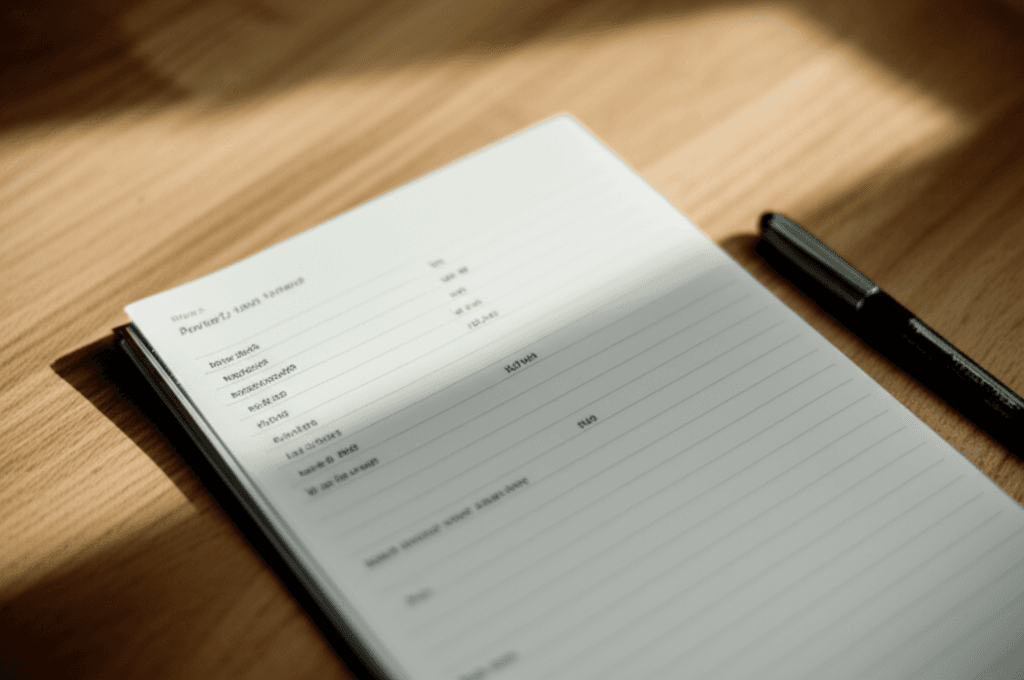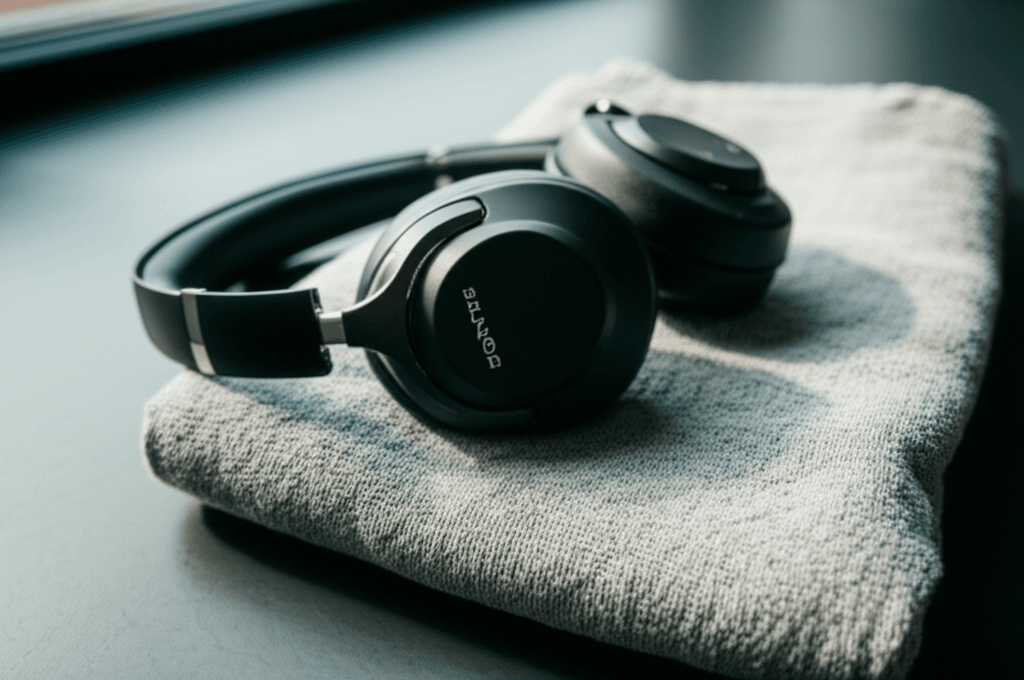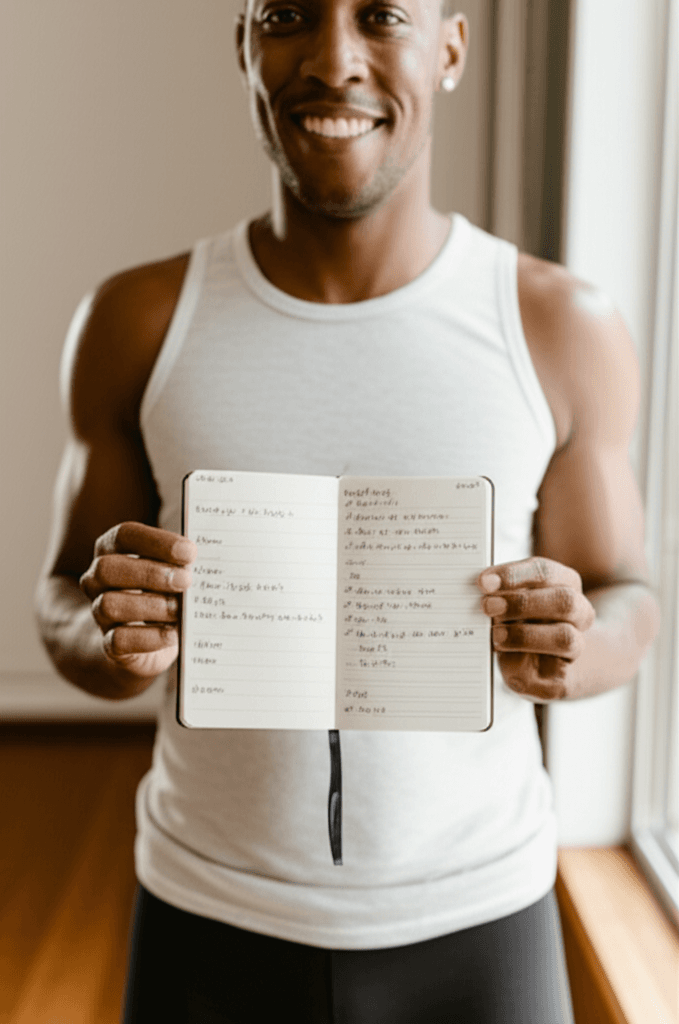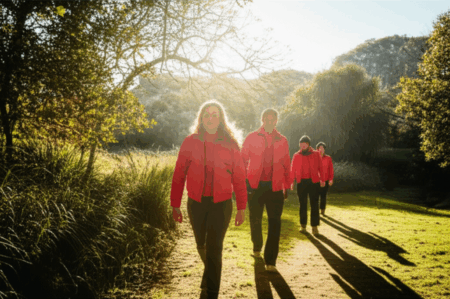Are you ready to transform your physique and build noticeable lean muscle without stepping foot in a gym or needing any equipment? While 21 days might seem like a short timeframe, it’s enough to kickstart significant changes in your strength, endurance, and muscle definition, setting the foundation for lasting results. This 21-day bodyweight challenge is designed to leverage the power of progressive overload and consistent effort to help you build lean muscle efficiently and effectively right from home.
This guide will walk you through the principles, provide a sample workout structure, and offer essential nutrition and recovery tips to maximize your gains over the next three weeks.

The Power of Bodyweight Training for Muscle Gain
Bodyweight exercises, also known as calisthenics, are a highly effective form of resistance training that uses your own body as the load. They engage multiple muscle groups simultaneously, improve functional strength, and enhance overall coordination and balance. Research indicates that you can build muscle with bodyweight exercises just as quickly as with weights, especially if you apply the principle of progressive overload. This means continuously challenging your muscles to adapt and grow stronger.
Benefits of incorporating a 21-day bodyweight challenge into your routine include:
- Accessibility: No gym membership or expensive equipment is required, making it ideal for home workouts or while traveling.
- Full-Body Engagement: Many bodyweight exercises are compound movements, working multiple major muscle groups simultaneously.
- Improved Functional Strength: These exercises mimic natural movement patterns, leading to strength that translates to daily activities.
- Enhanced Stability and Balance: Bodyweight training often recruits stabilizer muscles, which are crucial for support and control during movements.
- Kickstarting Healthy Habits: A 21-day challenge can be a great way to build consistency and develop a regular exercise routine.

Understanding Progressive Overload in Bodyweight Training
Building muscle requires progressive overload – consistently increasing the demand on your muscles so they continue to adapt and grow. While adding heavier weights is straightforward in a gym, bodyweight training requires more creative strategies. Here’s how to apply progressive overload during your 21-day bodyweight challenge:
- Increase Repetitions (Volume): The most direct method is to simply do more reps per set.
- Increase Sets (Volume): Adding more sets to your workout can also increase total volume and challenge your muscles.
- Decrease Rest Time: Shorter rest periods between sets or exercises can increase workout density and overall difficulty.
- Increase Time Under Tension (TUT): Slow down the eccentric (lowering) phase of an exercise or incorporate isometric holds (pauses at the most challenging part of the movement). This prolongs muscle engagement.
- Alter Leverage/Advance Variations (Intensity): Modify the exercise to make it harder. For example, progressing from knee push-ups to standard push-ups, then to decline push-ups (elevating your feet), or even one-arm push-ups.
- Unilateral Variations: Switch to single-limb versions of exercises, such as single-leg squats (pistol squats) or single-arm push-ups, to significantly increase the challenge on one side of your body.
- Increase Frequency: Train more often per week, if your body can recover adequately.

The 21-Day Bodyweight Challenge Structure
This challenge emphasizes a full-body approach, targeting major muscle groups throughout the week to maximize muscle growth and recovery. Aim for 3-4 strength-focused workouts per week, with active recovery or cardio on off days. Each strength workout should consist of 3-4 sets of 8-15 repetitions per exercise, pushing close to muscle failure.
Core Bodyweight Exercises for Lean Muscle
These foundational exercises form the backbone of your lean muscle building challenge:
- Push-ups: Excellent for chest, shoulders, triceps, and abs. Start with raised push-ups (hands on an elevated surface) if needed, progressing to regular, decline, or hand-release push-ups.
- Bodyweight Squats: Target quads, glutes, and hamstrings, making them crucial for overall muscle mass. Progress from air squats to jump squats or pistol squats.
- Inverted Rows/Chin-ups (if access to a bar): For your upper back, biceps, and abs. Inverted rows can be done under a sturdy table or bar, while chin-ups (palms facing you) are a powerful bodyweight pull.
- Lunges: Work glutes, quadriceps, and hamstrings unilaterally, helping correct muscle imbalances. Progress to reverse lunges or Bulgarian split squats (elevating the back leg).
- Planks: A cornerstone for core strength, engaging abs, shoulders, and back while improving posture and stability. Progress by increasing hold time or trying variations like side planks.
- Dips (if access to parallel bars/sturdy surface): Target chest, shoulders, and triceps. Bench or floor dips can be performed using a sturdy chair or bench.
- Glute Bridges/Hip Thrusts: Focus on glute and hamstring development.
Sample 21-Day Bodyweight Workout Schedule
This is a template; adjust exercises and intensity based on your fitness level. Remember to warm up before each session and cool down afterward.
Week 1: Foundations and Form
- Focus: Mastering basic movement patterns and building a baseline of strength.
- Workout Structure (e.g., Monday, Wednesday, Friday):
- Workout A (Full Body):
- Push-ups (modified or standard): 3 sets, max reps with good form
- Bodyweight Squats: 3 sets, 10-15 reps
- Inverted Rows (if possible) or Supermans: 3 sets, 10-15 reps
- Reverse Lunges: 3 sets, 8-10 reps per leg
- Plank: 3 sets, 30-45 second hold
- Active Recovery/Cardio (e.g., Tuesday, Thursday, Saturday): 20-30 minutes of brisk walking, light jogging, or jumping jacks.
- Rest Day (Sunday): Focus on recovery.
- Workout A (Full Body):
Week 2: Increasing Intensity and Volume
- Focus: Introduce harder variations or increase reps/sets for progressive overload.
- Workout Structure (e.g., Monday, Wednesday, Friday):
- Workout B (Full Body):
- Decline Push-ups (feet elevated) or Hand-Release Push-ups: 3-4 sets, max reps
- Jump Squats or Deeper Bodyweight Squats: 3-4 sets, 10-15 reps
- Inverted Rows (if possible, with higher feet elevation) or Dive Bomber Push-ups: 3-4 sets, 10-15 reps
- Walking Lunges or Bulgarian Split Squats (if possible): 3-4 sets, 8-12 reps per leg
- Plank variations (e.g., side plank): 3-4 sets, 45-60 second hold
- Active Recovery/Cardio (e.g., Tuesday, Thursday, Saturday): 25-35 minutes of moderate cardio or a circuit of jumping jacks, mountain climbers, and burpees.
- Rest Day (Sunday): Prioritize rest.
- Workout B (Full Body):
Week 3: Peak Challenge and Advanced Movements
- Focus: Push your limits with advanced variations and higher volume/intensity.
- Workout Structure (e.g., Monday, Wednesday, Friday):
- Workout C (Full Body):
- Archer Push-ups or Pseudo Planche Push-ups: 4 sets, max reps
- Pistol Squat Progression (holding onto support) or Jump Squats for max height: 4 sets, 8-12 reps per leg/total reps
- Single-arm Inverted Rows or Chin-up Negatives (if applicable): 4 sets, max reps
- Single-Leg Deadlifts or High-Rep Lunges: 4 sets, 10-15 reps per leg
- Advanced Plank (e.g., Plank with Shoulder Taps or Plank Jacks): 4 sets, 60+ second hold
- Active Recovery/Cardio (e.g., Tuesday, Thursday, Saturday): 30-40 minutes of cardio or a high-intensity interval training (HIIT) bodyweight circuit.
- Rest Day (Sunday): Crucial for muscle repair and growth.
- Workout C (Full Body):

Fueling Your Muscle Growth: Nutrition Essentials
Exercise is only half the equation; proper nutrition is paramount for building lean muscle. During this 21-day challenge, focus on consuming adequate calories, protein, carbohydrates, and healthy fats.
- Protein is Key: Protein is the building block of muscle tissue. Aim for 1.6–2.2 grams of protein per kilogram of body weight per day to support muscle growth and repair. Good sources include lean meats (chicken, turkey, beef), fish (salmon), eggs, dairy (cottage cheese, Greek yogurt), and legumes.
- Carbohydrates for Energy: Carbs fuel your workouts and replenish glycogen stores in your muscles, which is crucial for preventing fatigue and supporting recovery. Opt for complex carbohydrates like whole grains, oats, quinoa, brown rice, sweet potatoes, fruits, and vegetables.
- Healthy Fats: Fats are essential for hormone production, joint health, and overall bodily functions. Include sources like avocados, nuts, seeds, and olive oil.
- Caloric Surplus: To build muscle, you generally need to consume more calories than you burn. Aim for a slight calorie surplus (e.g., 15% above your maintenance calories).
- Hydration: Drink plenty of water throughout the day to support all bodily functions, including muscle repair and nutrient transport.
- Nutrient Timing: While overall daily intake matters most, consuming a combination of protein and carbs 30-60 minutes before your workout and a protein-rich meal/shake within 30 minutes afterward can optimize energy and recovery.

The Importance of Rest and Recovery
Muscle growth doesn’t happen during your workout; it happens during recovery when your muscles repair and rebuild stronger.
- Sleep: Aim for 7-9 hours of quality sleep per night. Sleep is when your body releases growth hormones and repairs tissues.
- Active Recovery: Light activities like walking, stretching, or yoga on rest days can improve blood flow and reduce muscle soreness without overstressing your body.
- Listen to Your Body: If you feel overly fatigued or experience persistent pain, take an extra rest day. Overtraining can hinder progress and increase injury risk.

What to Expect in 21 Days
While a complete body transformation takes longer, 21 days is ample time to lay a strong foundation. You can expect:
- Increased Strength and Endurance: You’ll notice an improvement in the number of reps you can perform or the difficulty of variations you can tackle.
- Improved Muscle Tone and Definition: As you build lean muscle and potentially reduce some body fat (especially with a dialed-in diet), your muscles will appear more defined.
- Enhanced Energy Levels and Mood: Consistent exercise and proper nutrition can lead to better sleep, improved mood stability, and less sluggishness.
- Kickstarting Sustainable Habits: The consistency of a 21-day challenge can help solidify exercise as a regular part of your routine.
Embark on this 21-day bodyweight challenge with dedication and consistency, and you’ll be well on your way to building lean muscle and fostering a healthier, stronger you.







